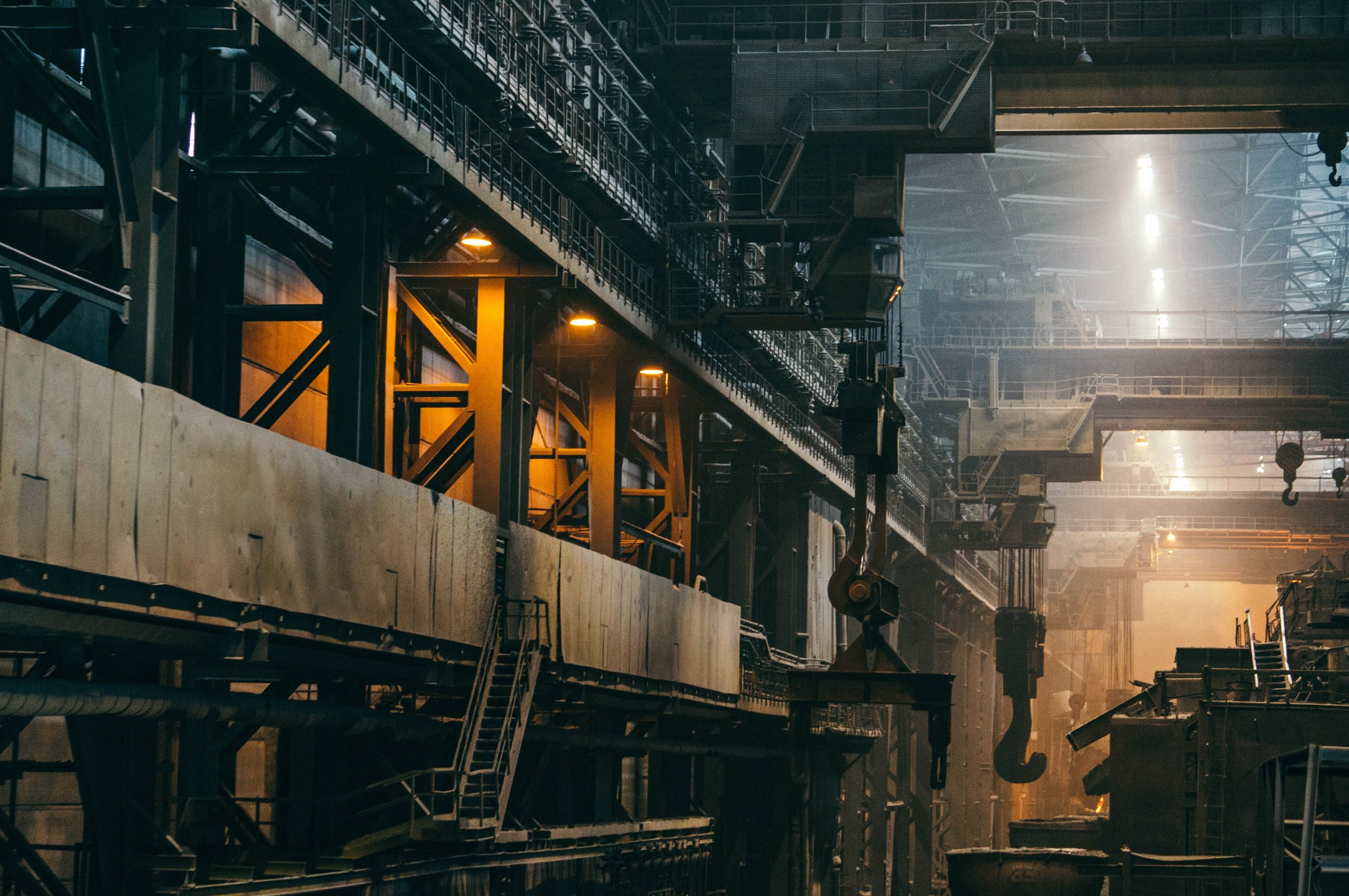Making Factories Smarter Can Help to Tackle Labor Shortage Problems
Manufacturers continue to face an alarming workforce shortage. According to a Manufacturing Institute and Deloitte study, the manufacturing industry will need to fill about four million jobs by 2030—and more than half of those positions will be empty because of a lack of high-skilled workers.
One of the main reasons why hiring and retaining talent is problematic is that there is a shift in people’s preferences. Gone are the days when employees wanted a steady job and worked for the same company for decades. Nowadays, they rarely settle within a company.
Here’s why the job-hopping trend is a problem for manufacturers: It takes up to six years to learn the ropes of a manufacturing line, but the workers leave by the time they are familiar with the processes. And the whole training process starts again. Needless to say, replacing employees is time and money-consuming.
So how can businesses replace decades of accumulated knowledge with a much more transient workforce that does not necessarily know as much about the line? The solution lies in automation tools. Let’s explore the role of technology in manufacturing and how digital transformation can help to create the workforce of the future.
“Machines are not taking over factories—they are just improving the conditions”
Do you remember that iconic scene from the movie Modern Times where Charlie Chaplin stands by the assembly line and screws nuts onto pieces of machinery at an ever-increasing rate? Today, there are machines that have replaced Chaplin’s task and created better opportunities for both workers and companies.
To illustrate this, scientists have found that monotonous work can negatively impact mental health, which could explain why Chaplin ends up suffering a nervous breakdown and running amok. This a comical example, but on top of improving mental health conditions, automating manufacturing operations can help reduce injuries caused by repetitive movements and poor posture. And businesses can increase general productivity and efficiency in the manufacturing process.
Factories digitize not to steal jobs from workers but to complete tasks that do not require a lot of cognitive skill for a human to do. Even if it is possible to run a production line without intervention, human intuition and innovation are still an irreplaceable part of the process. They are responsible for quality checks, solving ambient temperature issues, ensuring that machines work without glitches, and forecasting.
“Digital transformation empowers businesses to train the workforce of the future seamlessly.”
Digital transformation technology is essential because it allows companies to run the line even if there is a turnover in the labor force. Moreover, it makes training the workforce better, cheaper, and faster while transferring accumulated knowledge and reducing the barrier to proficiency for a new worker starting on the factory floor.
This is how it works: IndustrialML is a real-time communication system. Users receive an alert via Slack or email when something goes wrong in the manufacturing line. The experienced operator can then transmit decades of knowledge and best practices to workers when needed.
Thanks to real-time communication and critical alerts, companies can lower the entry barrier for those needing more experience. This means that new team members can learn the nuances of a factory and other necessary skills faster than ever.
It’s safe to assume that labor shortages will continue in the upcoming years. But making digital transformation your secret weapon can help you tackle labor shortage issues while increasing efficiency and productivity within your factory.


